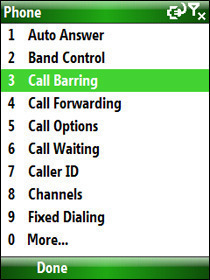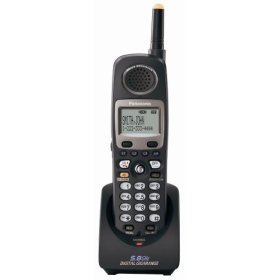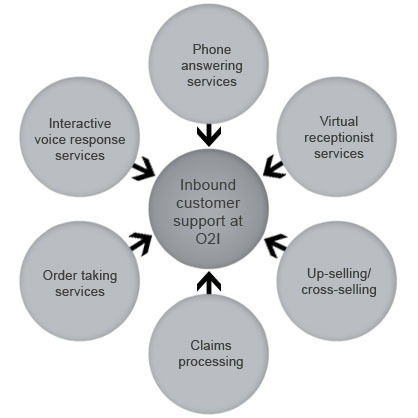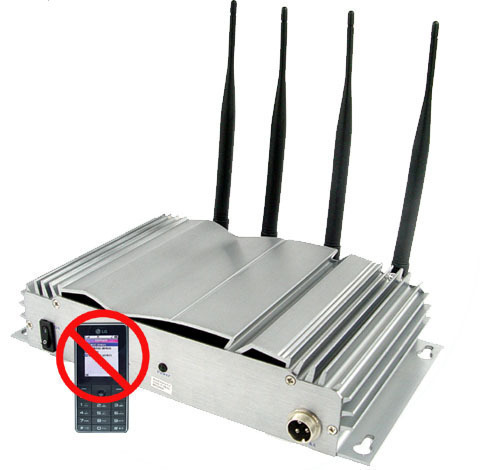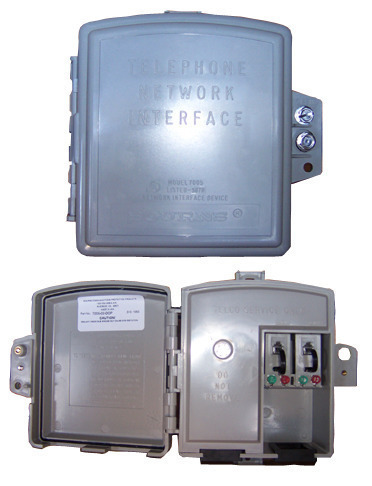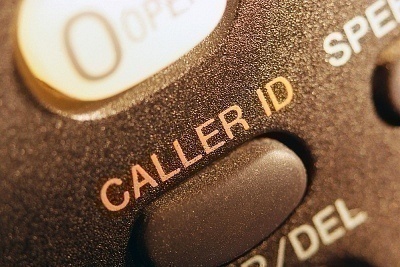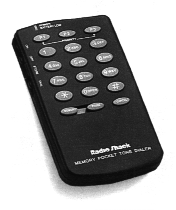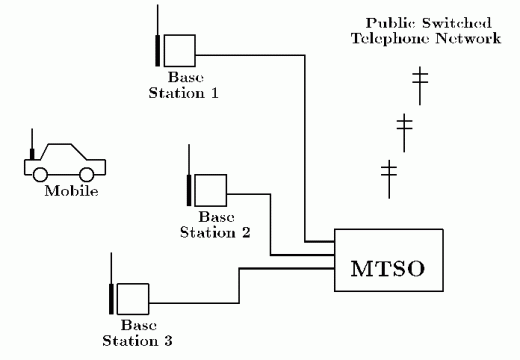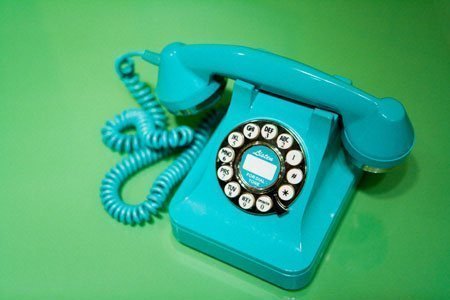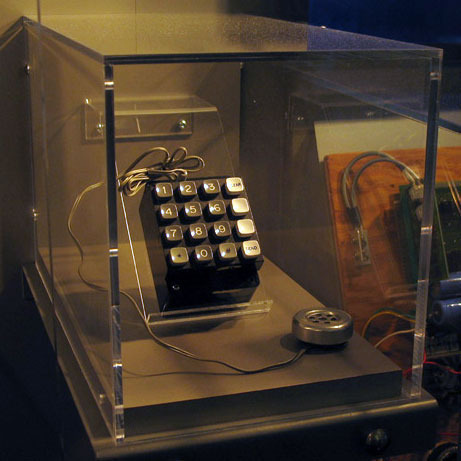How to Block Incoming Calls
Blocking incoming calls can sometimes be quite important for many reasons. Someone may be troubling you over the phone, harassing you, giving blank calls and you just want to avoid a specific person. A simple way to do this is to block an incoming call of a specific person. That is, whenever that person calls …

